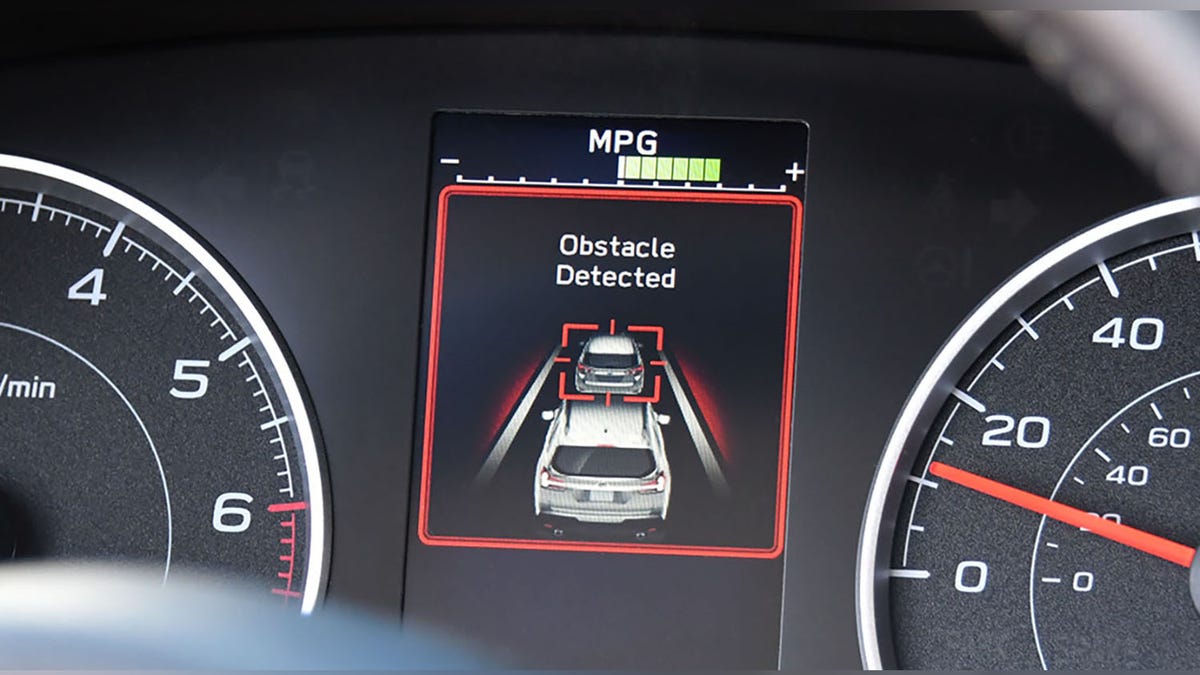Crash-avoidance tech unsurprisingly benefits young drivers the best, data shows
Drivers under the age of 25 benefit big time from active safety technologies such as automatic emergency braking.

It's not a surprise that these systems benefit less experienced drivers.
It's hard to not find a new car on sale with at least one driver-assist or active safety feature baked in, and as these technologies proliferate, they're having tangible real-world benefits. Data from the Insurance Institute for Highway Safety and Highway Loss Data Institute show drivers under the age of 25 are the biggest beneficiaries from these systems. In a nutshell, the technologies show a direct link with the frequency of collision and property damage-liability claims.
In other words, young drivers operating a vehicle with safety assists are involved in wrecks less frequently, and crashes involving property damage (another vehicle or structure) aren't nearly as frequent. The data comes from three brands and their driver-assist systems: Honda, Kia and Subaru. HLDI looked at insurance claims for each brands' vehicles when equipped with packages that bundle crash avoidance tech. Then, they cross-examined the insurance claims with identical models without the tech.
Each brand's packages included lane-departure warning and forward-collision warning, but Subaru and Kia's also included automatic emergency braking. Unsurprisingly, the Kia and Subaru vehicles showed an even greater reduction in claims with AEB. However, the age trend remained consistent with drivers under 25 benefiting with at least forward collision and lane departure warnings across brands. Overall, though, Kia's Drive Wise system had the largest benefits, slashing claims for collision by over 20% for young drivers. It was over 50% for property damage claims.

